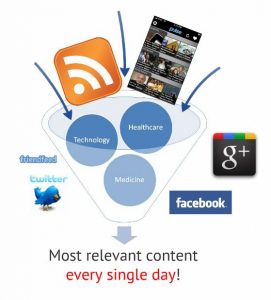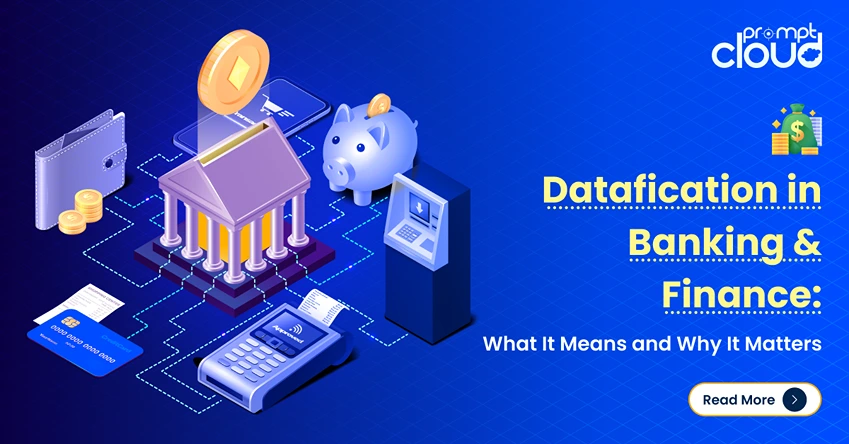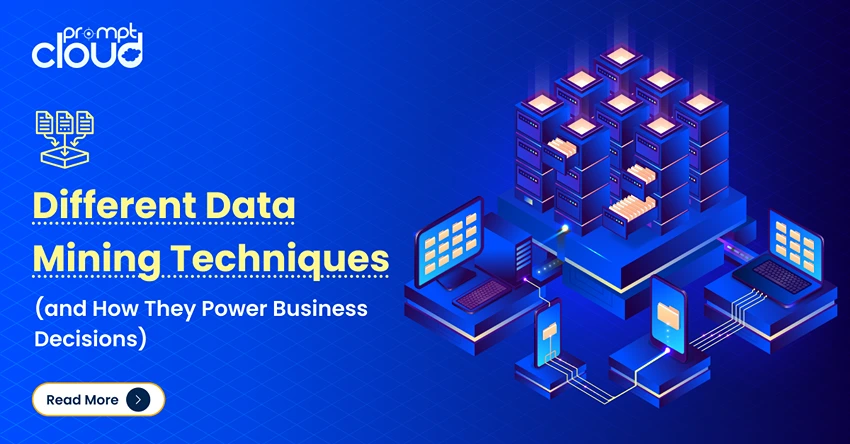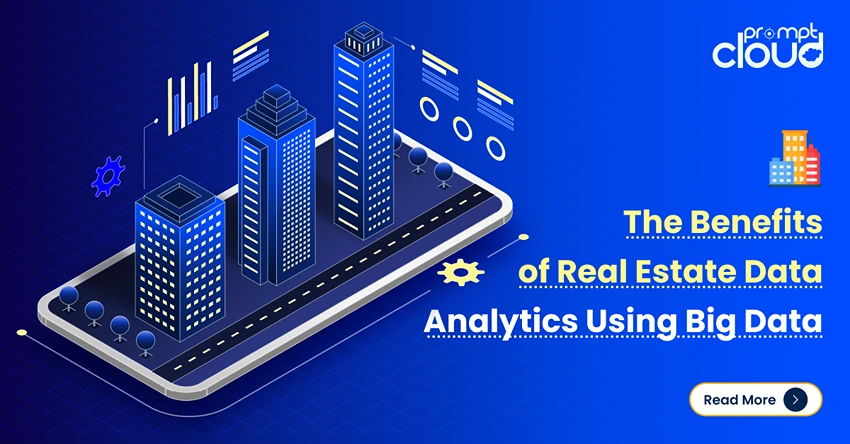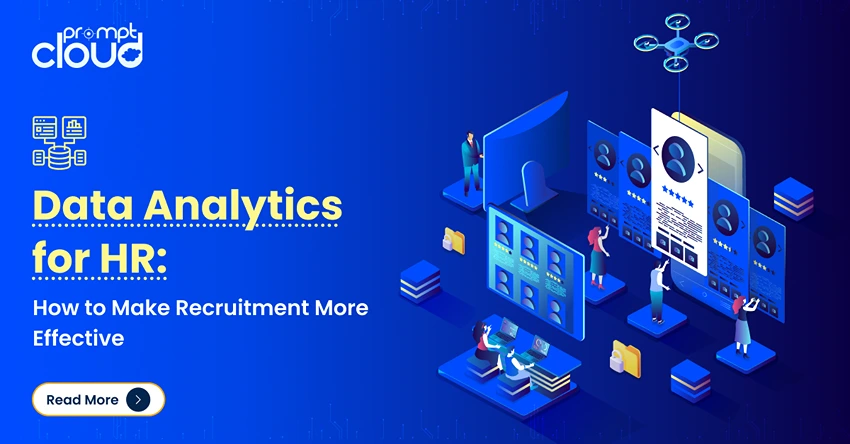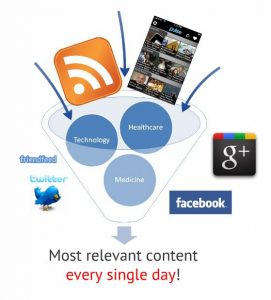
Big Data is the focus area for business innovation, planning, and start-up these days. There is a tremendous amount of information being disseminated from social media posts, news articles, and forums every day. To separate the meaningful information from the irrelevant data, you need a powerful technology that helps you to convert big data to smart data.
Big Data is meaningless without a structure. To begin with, it is just a pile of unstructured data that would take enormous time to sort out and may or may not yield any insights. Big data transforms into smart data when unstructured data can be converted to structured information effectively and quickly. Data is only useful if used in a smart way.
This unstructured data, when combined with behavioural information and survey data, helps businesses in getting rich insights. Data Analysis to obtain smart data is extremely important. Big Data Analytics has enabled us to investigate human behaviour and especially human social interactions in a way that was not possible earlier. Smart data for business helps in understanding the world unlike ever before.
7 tips to Convert Big Data to Smart Data
1. Searching for the Right Data
Social data is present everywhere in the form of Twitter tweets, Facebook posts, blogs, forums, and others as well. The first step is to search for a certain topic in any search engine. In the initial stage, there would be a long list of URLs or posts, but not in a defined order. Eventually, the need is to search for the right data using appropriate filters.
2. Filtering the Information
In the next stage, you can add different types of filters. The time frame can be the basic filter. For instance, you want results from last year or a year before that. Thereafter, you can filter the information based on media channels like Facebook, Twitter, YouTube videos, or other blog posts. Adding a few more filters can convert disordered Big Data to manageable smart data. These multiple filters help in getting a fair idea of exactly when and where a particular topic is coming from. At this stage, there are plenty of insights that can be gathered, but you need to dig deep down into the dataset for the right kind of data.
3. Right Skills
To ensure that you get the right data, the right skills helping in data analysis are needed. Skills relating to market research along with exceptional analytical skills are a requisite for data analysis. These skills help in understanding and analyzing large data sets. Some research agencies are now equipped to capture big data and aggregate information on a daily basis.
4. Right Tools
Data when combined with other data results in better decision making. Social data when combined with other data provides enormous benefits. Combining powerful data with groundbreaking tools provides a more accurate view of customer behaviour.
With advancements in technology and the right tools, analysts are now better equipped to handle large data sets. Converting big data to smart data helps in finding key insights for businesses and make decisions based on more relevant data.
5. Intelligent Amalgamation
The need to understand customer behaviour is a significant aspect in converting big data to smart data. The consumers are satisfied only when their demands are understood otherwise big data will never become smart data. Intelligent amalgamation brings together customer behaviour with data analytics to avoid unnecessary risks.
Drive big actions using big data helps in unlocking the power of analytics and use it to bring about business success with increased customer awareness. With intelligent amalgamation, it is easier to identify and target deep customer segments. It helps in discovering new customers and retaining valued customers. It delivers the experiences that help in ensuring big data for success.
6. Analyzing the Information
Filtering the information enables analysts to create manageable streams of data into real insights. Using marketing analytics, we can measure and analyze the performance and effectiveness of the market and enhance return on investment (ROI). Using advanced analytics, professionals can look at the keywords that are associated with certain brands. Professionals can also witness which posts on Twitter and Facebook are having the biggest impact on different brands. The effect may be positive or negative.
7. Right Strategy
The process of searching, filtering, and analyzing large volumes of big data provides a rich source of actionable insights for different companies. At different levels of filtering and analyzing, you get key insights on different subjects, from different posts, but each time you go further, your data gets smarter. Professionals use and incorporate these rich insights into business strategy and convert them into smart data. Once the data is refined, you can use it in different forms.
Smart data helps in building a healthy relationship between the customer and the organization. It is centralized, clean, and context-based with respect to customer insights and behaviour. This data helps in promoting trust between the customer and the company and ultimately improves customer experience.




